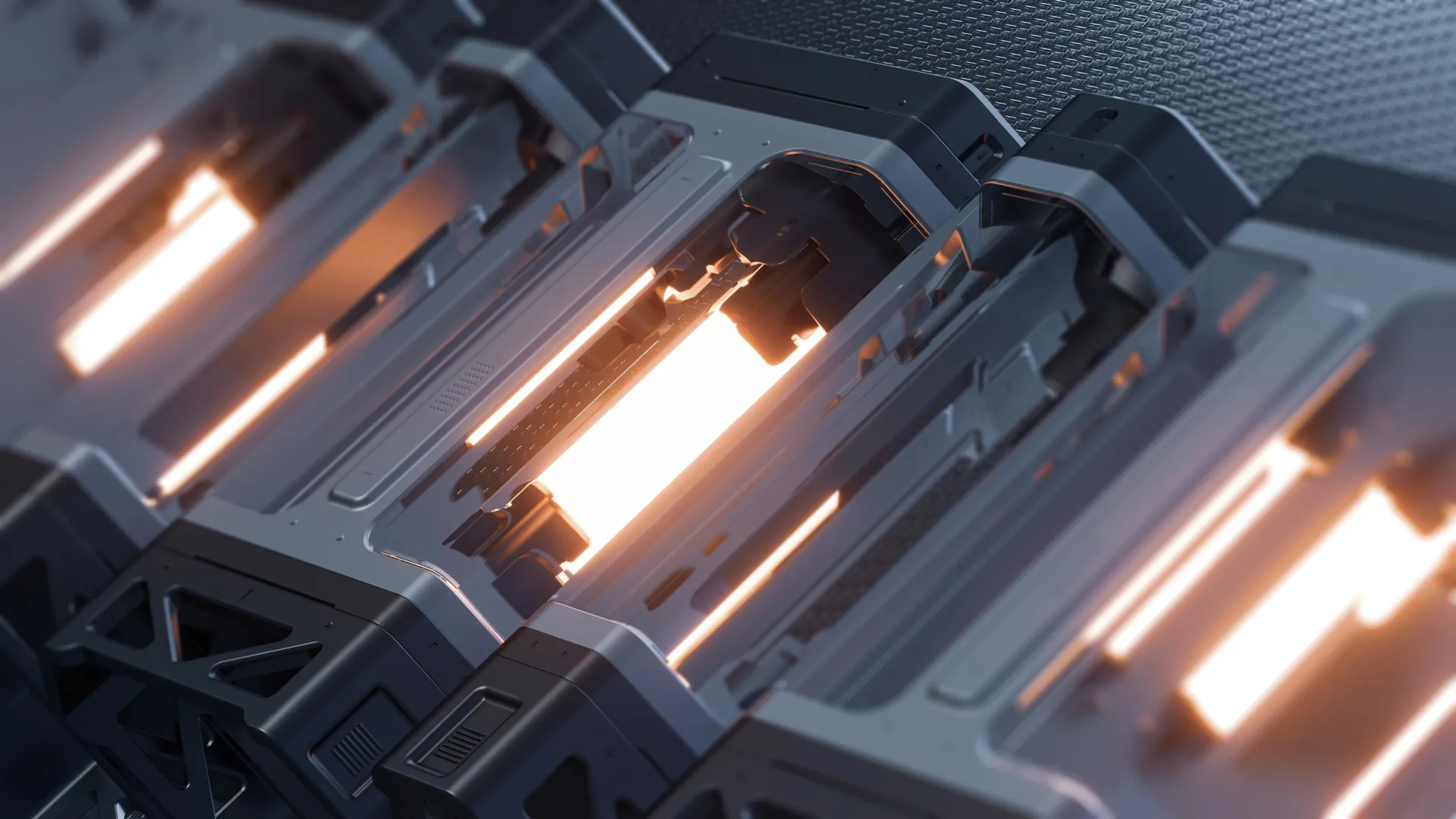The laser weapon can kill mosquitoes, and it also has a detection system which makes it safe for humans and pets.
Get the latest international news and world events from around the world.

AI model transforms blurry, choppy videos into clear, seamless footage
A research team, led by Professor Jaejun Yoo from the Graduate School of Artificial Intelligence at UNIST has announced the development of an advanced artificial intelligence (AI) model, “BF-STVSR (Bidirectional Flow-based Spatio-Temporal Video Super-Resolution),” capable of simultaneously improving both video resolution and frame rate.
This research was led by first author Eunjin Kim, with Hyeonjin Kim serving as co-author. Their findings were presented at the Conference on Computer Vision and Pattern Recognition (CVPR 2025) held in Nashville June 11–15. The study is posted on the arXiv preprint server.
Resolution and frame rate are critical factors that determine video quality. Higher resolution results in sharper images with more detailed visuals, while increased frame rates ensure smoother motion without abrupt jumps.

Development and Validation of a Simple and Cost-Effective LC-MS/MS Method for the Quantitation of the Gut-Derived Metabolite Trimethylamine N-Oxide in Human Plasma of Healthy and Hyperlipidemic Volunteers
Trimethylamine N-oxide (TMAO) is a gut microbial metabolite of dietary precursors, including choline and carnitine. Elevated levels of TMAO in human plasma have been associated with several diseases such as cardiovascular, diabetes mellitus, chronic kidney disease, neurological disorders, and cancer. This has led to an increased interest in the accurate determination of TMAO in human blood, for which a reliable, cost-effective and sensitive analytical method should be established. LC-MS/MS has emerged as a powerful tool for the determination of TMAO due to its high sensitivity, specificity, and ability to handle complex matrices. Herein, we describe the development and validation of an LC-MS/MS method for the determination of TMAO in human blood plasma.




Psilocybin treatment extends cellular lifespan and improves survival of aged mice
Psilocybin, the naturally occurring psychedelic compound produced by hallucinogenic mushrooms, has received attention due to considerable clinical evidence for its therapeutic potential to treat various psychiatric and neurodegenerative indications. However, the underlying molecular mechanisms remain enigmatic, and few studies have explored its systemic impacts. We provide the first experimental evidence that psilocin (the active metabolite of psilocybin) treatment extends cellular lifespan and psilocybin treatment promotes increased longevity in aged mice, suggesting that psilocybin may be a potent geroprotective agent.
Kato, K., Kleinhenz, J.M., Shin, YJ. et al. Psilocybin treatment extends cellular lifespan and improves survival of aged mice. npj Aging 11, 55 (2025). https://doi.org/10.1038/s41514-025-00244-x.
Finland breaks quantum record with 1-millisecond qubit coherence
Finnish researchers have advanced quantum computing by achieving a record coherence time for transmon qubits.

